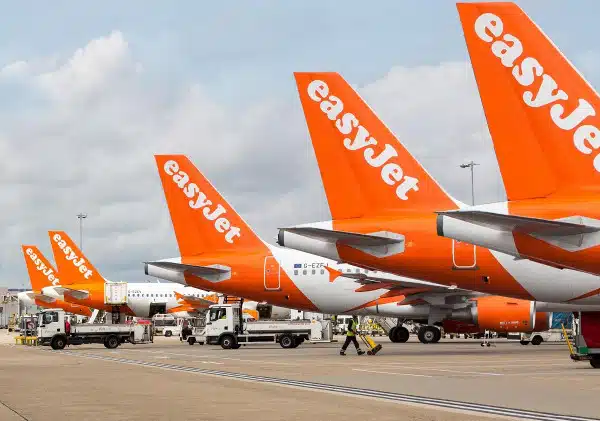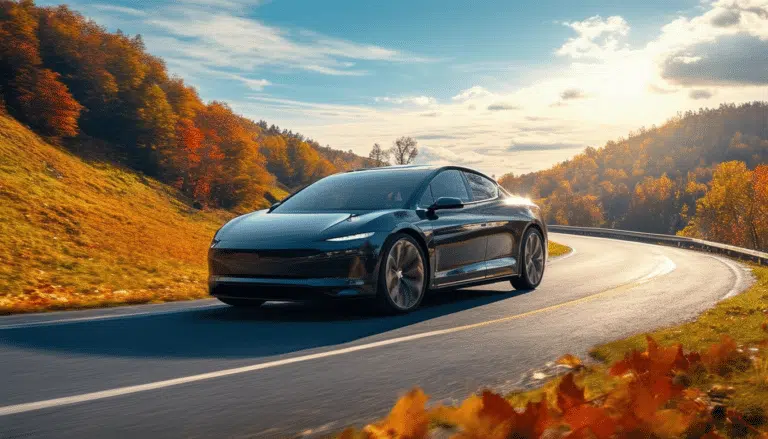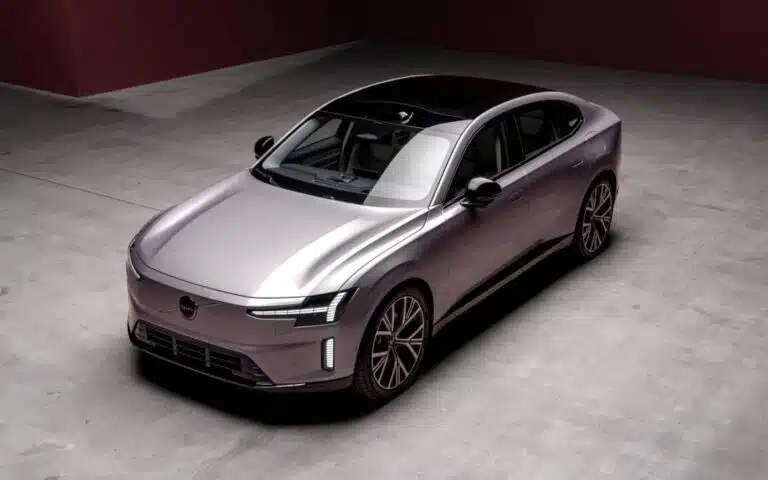JetZero and easyJet are collaborating on the creation of an innovative passenger aircraft with mixed wings, which promises to reduce fuel consumption and emissions by an astonishing 50%

The collaboration between JetZero and easyJet represents a milestone in the aviation industry, focusing on the development of a revolutionary passenger aircraft that incorporates an innovative design of mixed wings. This ambitious project not only aims to transform the way we fly but also promises to reduce fuel consumption and emissions by an incredible 50%, bringing aviation closer to a more sustainable and eco-friendly future.
The recent collaboration between JetZero and easyJet marks a significant milestone in commercial aviation by embarking on the development of an innovative passenger aircraft that incorporates a design of mixed wings. This new concept promises to reduce fuel consumption and greenhouse gas emissions by an impressive 50%, offering a more sustainable solution for air transport in the future.
JetZero and easyJet: A strategic partnership
easyJet has established an alliance with the American startup JetZero with the purpose of transforming the aviation industry. This collaboration seeks not only to innovate in aircraft design but also to advance in reducing its environmental impact. The union of these two players provides the opportunity to combine the operational expertise of one of Europe’s leading airlines with JetZero’s technological innovation.
The mixed wing design: a revolution in aeronautics
The novel design of lifting body proposed by JetZero integrates the fuselage structure with the wings, creating a continuous shape that improves the aircraft’s aerodynamics. This approach contrasts with traditional “tube and wing” designs that have dominated aviation for decades. The mixed wing configuration promises a significant increase in operational efficiency, which could result in a reduction of fuel consumption by up to 50% compared to conventional aircraft.
Environmental and economic benefits
The implementation of this innovative design not only has favorable environmental implications but also represents significant potential savings in airline operating costs. The remarkable decrease in the need for fuel will entail a reduction in operating expenses. Moreover, by using more sustainable fuels, it optimizes the transition towards an aviation model that is less dependent on fossil fuels.
The importance of hydrogen as an energy source
The mixed wing design also facilitates the integration of hydrogen-based technologies as a propulsion source. This alternative fuel could be key to achieving net zero emissions targets in aviation. By taking advantage of the optimized fuselage space for hydrogen storage, it could be implemented quickly without compromising passenger capacity. This emphasizes the flexibility of the new design to adapt to future innovations in propulsion.
Collaborations in the aerospace sector
JetZero is not alone in its mission; it has the backing of key institutions such as NASA, the United States Air Force, and the Federal Aviation Administration (FAA). Now, with the involvement of easyJet, valuable operational knowledge is added. Together, these entities are laying the groundwork for the development of technologies that will make flights more sustainable and less harmful to the environment.
A greener future for aviation
With the aim of decarbonizing the industry and achieving net zero emissions, the collaboration between JetZero and easyJet represents a beacon of hope in aviation. The projection for the first mixed-wing aircraft to enter service by 2030 is a notable step towards a more ecological future. This joint effort marks an emerging trend where innovation and sustainability go hand in hand in the aviation sector.
The synergy between the experience of an established airline and the innovation of a startup is catalyzing an exciting change in the aviation landscape, shaping a future where flying is more sustainable and efficient.
The Future of Sustainable Aviation
The collaboration between JetZero and easyJet represents a crucial milestone in the transformation of the aviation industry towards a more sustainable future. This innovative project aims to develop a passenger aircraft with a mixed wing design, a solution that is not only revolutionary in engineering terms but also directly addresses the need to reduce carbon emissions and fuel consumption.
The proposal of the mixed wings, which combine the fuselage and the wings into a single aerodynamic entity, promises a reduction in fuel consumption of up to 50%. This advancement is significant, especially at a time when global pressure on greenhouse gas emissions is increasingly urgent. The possibility of achieving a reduction in the environmental impact of commercial aviation is not only desirable but necessary to meet international climate commitments.
Furthermore, the inclusion of technologies such as hydrogen propulsion and the use of sustainable aviation fuels (SAF) demonstrates a comprehensive vision for the decarbonization of the industry. While traditional airlines face enormous challenges in adapting to new environmental regulations, the alliance between JetZero and easyJet takes a step forward by integrating sustainability into the core of their operation.
In conclusion, this collaboration not only represents a technological advance but also establishes a new standard of environmental responsibility in aviation. The successful adoption of these innovations could mark the beginning of a new era where flying is synonymous with sustainability and efficiency, positively impacting both the industry and the environment. Eyes are on the development of these aircraft, which are destined to change the way we fly for the sake of future generations.






